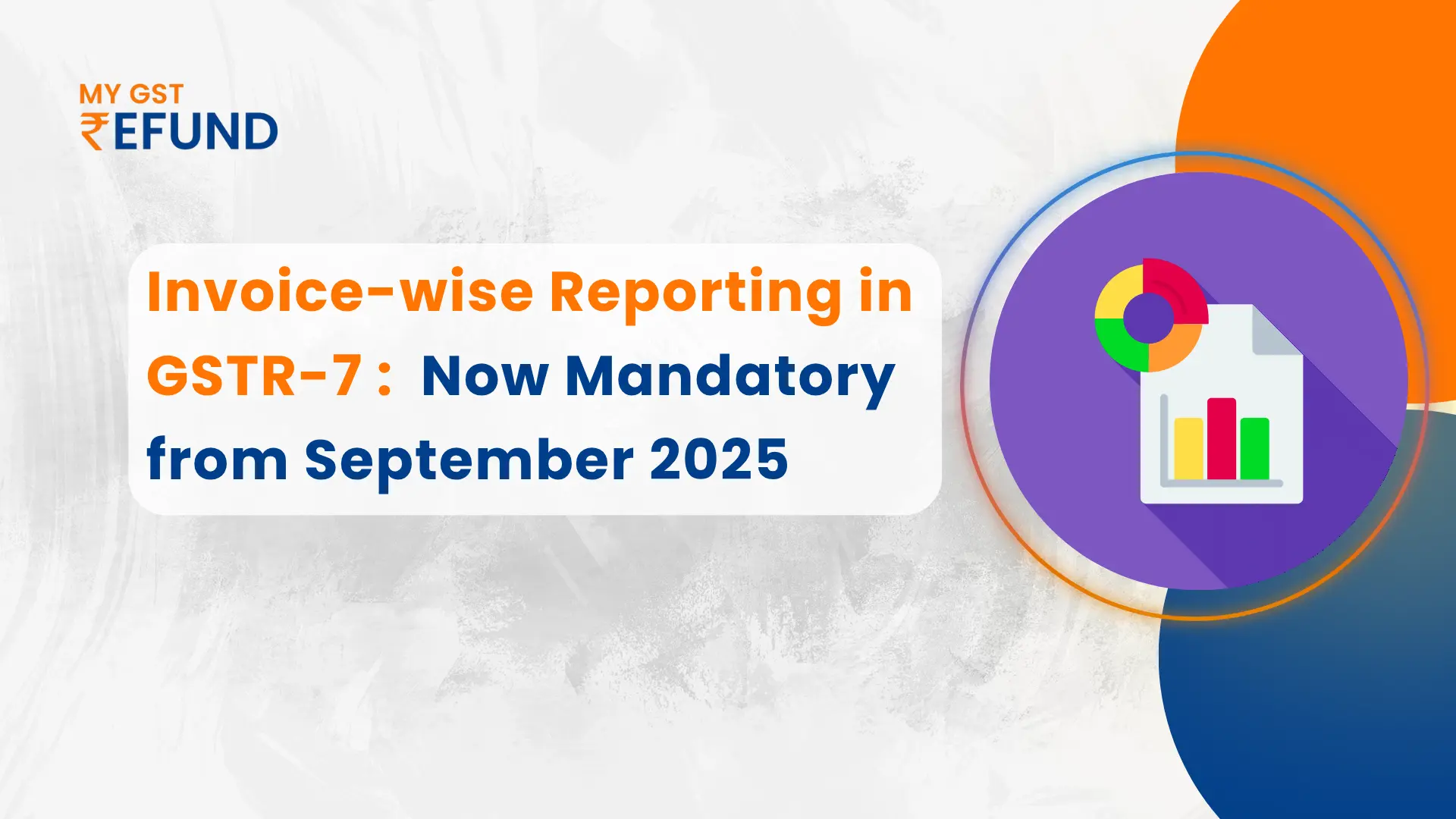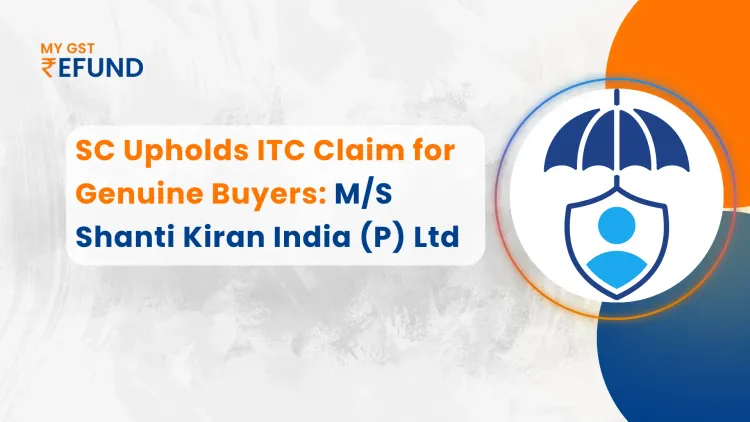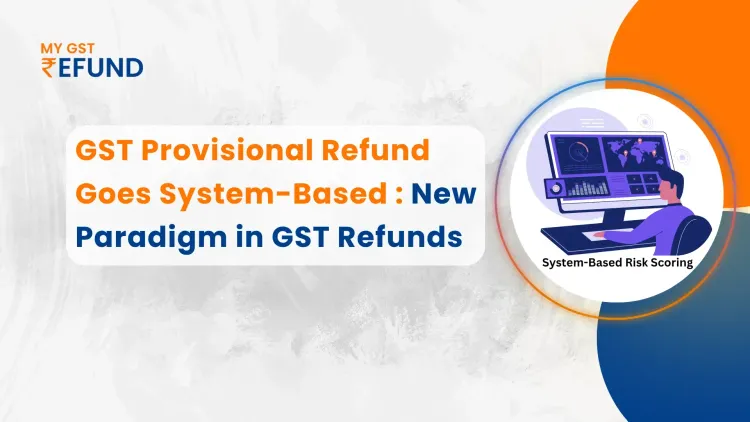Invoice-wise Reporting in Form GSTR-7 Mandatory from Sept 2025
Published on: Tue Sep 30 2025
Bio (Reveal/Hide)

Functionality for Reporting Invoices in Form GSTR-7 on Portal-Reg
September 27, 2025 |Invoice-wise Reporting in Form GSTR-7 Mandatory from Sept 2025 | GST Advisory
The Goods and Services Tax Network (GSTN) rolled out an invoice-wise reporting feature in Form GSTR-7 on 26 September 2025, following the issuance of Notification No. 09/2025 – Central Tax, dated 11 February 2025, which amended GSTR-7 to add invoice-level tax deducted at source (TDS) reporting.
Invoice-wise Reporting in GSTR-7 (Sept 2025 Effective)
By the Notification No. 09/2025 – Central Tax issued on February 11, 2025, under it, GSTN has upgraded the functionality of Tax Deducted at Source (TDS) deductors on the GST portal.
Modification in Form GSTR-7 Reporting: Summary to Invoice-Level
What Changed? (Earlier vs. Now)
| Aspect | Earlier Reporting (Summary-Level) | Current Reporting (Invoice-Level) |
|---|---|---|
| Filing of GSTR-7 | Tax Deductors earlier used to file consolidated/total amount of TDS for a deductee (supplier) GSTIN for a month. | Tax Deductors now need to report TDS details (invoice number, date, taxable value, TDS amount) for each individual invoice on which tax is deducted. |
This amendment has been brought in by Notification No. 09/2025 – Central Tax and has been effective from the September 2025 tax period onwards.
Key Dates & Applicability
| Aspect | Details |
|---|---|
| Effective From | From September 2025 tax period, with effect from |
| Filing Deadline | 10th October 2025 (for the September return period) |
| Form Impacted | Form GSTR-7 (Return for Tax Deducted at Source) |
GSTR-7 Filing: Who Are the Entities That Have to Deduct Tax?
The mentioned earlier invoice-wise reporting obligation in Form GSTR-7 will encompass the following entities, which have been notified under Section 51 of the CGST Act, 2017, for deduction of tax at source:
- Central and State Government departments
- Local government authorities
- Public Sector Undertakings (PSUs)
- Other notified TDS deductors
How MyGSTRefund's CFO Dashboard Provides Real-time GST Visibility
MyGSTRefund's CFO Dashboard provides executives with live visibility of all GST statistics. On-the-go, track liabilities, refunds being processed, input credits, and anomalies - with quicker, better decision-making.
Key Features:
Automation: Data collection, categorization, and alerting are automated as scheduled jobs. No human intervention, quicker steps, and fewer human errors.
SAP-Integrated Invoice-Level Reporting: The platform is directly connected to your SAP system to download and report invoices at the highest level of granularity. It allows you to trace any transaction end-to-end with zero reconciliation gaps.
Reconciliation & Error-Free Filing: The platform automatically reconciles your input invoices and output invoices, detects discrepancies, and does correct filings - reducing audit risks and compliance.
Try it yourself here: MyGSTRefund Login
Pre-Filing Compliance Checklist for GST Returns
Performing a strict pre-filing compliance checklist before filing your GST returns is very crucial to being accurate, avoiding penalties, and maintaining a clean record of compliance. Below is the detail of the most important steps:
1. Invoice-Wise Data Collection
This is the start. You must gather the detailed records of all the purchase invoices and sales invoices of the return period with utmost care. The details are HSN/SAC code, amount, tax rate, date, invoice number, and suppliers'/receivers' GSTIN. Detailed invoiced data and accuracy must be gathered for proper tax calculation and recovery of ITC (Input Tax Credit).
2. Matching of Invoices with Deducted TDS/TCS
You must match your sales invoices with tax credits shown by your GSTR-2A and GSTR-2B. It means matching your sales ledger with the deducted and credited TDS or TCS of your buyers or e-commerce operators. Discrepancy will give rise to disputes, tax department notices, and also possibly cash flow problems.
3. ERP/API Sync
For those firms with an ERP (Enterprise Resource Planning) installation, the same should be integrated seamlessly with the GST Network (GSTN) via its API (Application Programming Interface). Integration will ensure your accounting software data fills up automatically in the GST portal in a correct manner. A half-baked or faulty integration will see incorrect data being filed, which will result in a mismatch in your return.
4. Review Before Submission
This is the final and ultimate check. Having verified all the above, make a final, line-by-line review of the entire return. Check the auto-filled amounts against your own figures, ensure that there are no data entry mistakes, and double-check that all tax liability and ITC claims are properly asserted. The final check is an additional precaution to trap any mistakes that will otherwise result in legal issues or money losses.
Read- Returns Over 3 Years Past Due to Be Barred
The Key Takeaways
There is a big switch for the return filing of GSTR-7. From September 2025 onwards, providing invoice-wise details while filing your return would be compulsory. This includes even more compliance-intensive elements.
Mark the calendar: filing the first return under this new regime (for September 2025) is due on October 10th, 2025.
Frequently Asked Questions
Q1What is Form GSTR-7
Form GSTR-7 is a monthly return to be submitted by taxpayers and businesses mandatorily obliged to deduct TDS under the GST law. It is a report of TDS deducted, paid, and TDS liability.
Q2.What is invoice-wise TDS reporting?
Invoice-wise reporting of TDS means reporting information about each and every invoice on which the TDS is being deducted while filing the Form GSTR-7. It replaces the previous system of reporting the packaged or pooled amount of TDS.
Q3.When will invoice-wise reporting be effective from?
Forced dues-wise reporting under Form GSTR-7 will be from all the tax periods from September, 2025 onwards.
Q4.Who is required to deduct TDS under GST?
The following are generally required to deduct TDS under GST:
- A Central/State Government department or organization.
- Local government authorities.
- Government departments.
- Public Sector Undertakings (PSUs) are notified by the Government.
- Other Government-notified organizations.
Q5.How can invoice-level filing of GSTR-7 be made easy for businesses?
Companies can similarly expedite such complicated filing through automated GST compliance programs or advanced accounting software. The software integrates installed ERP programs without effort, automatically reading invoice data, reconciling, and maintaining accurate, timely filing with minimal human effort.
Related Posts





